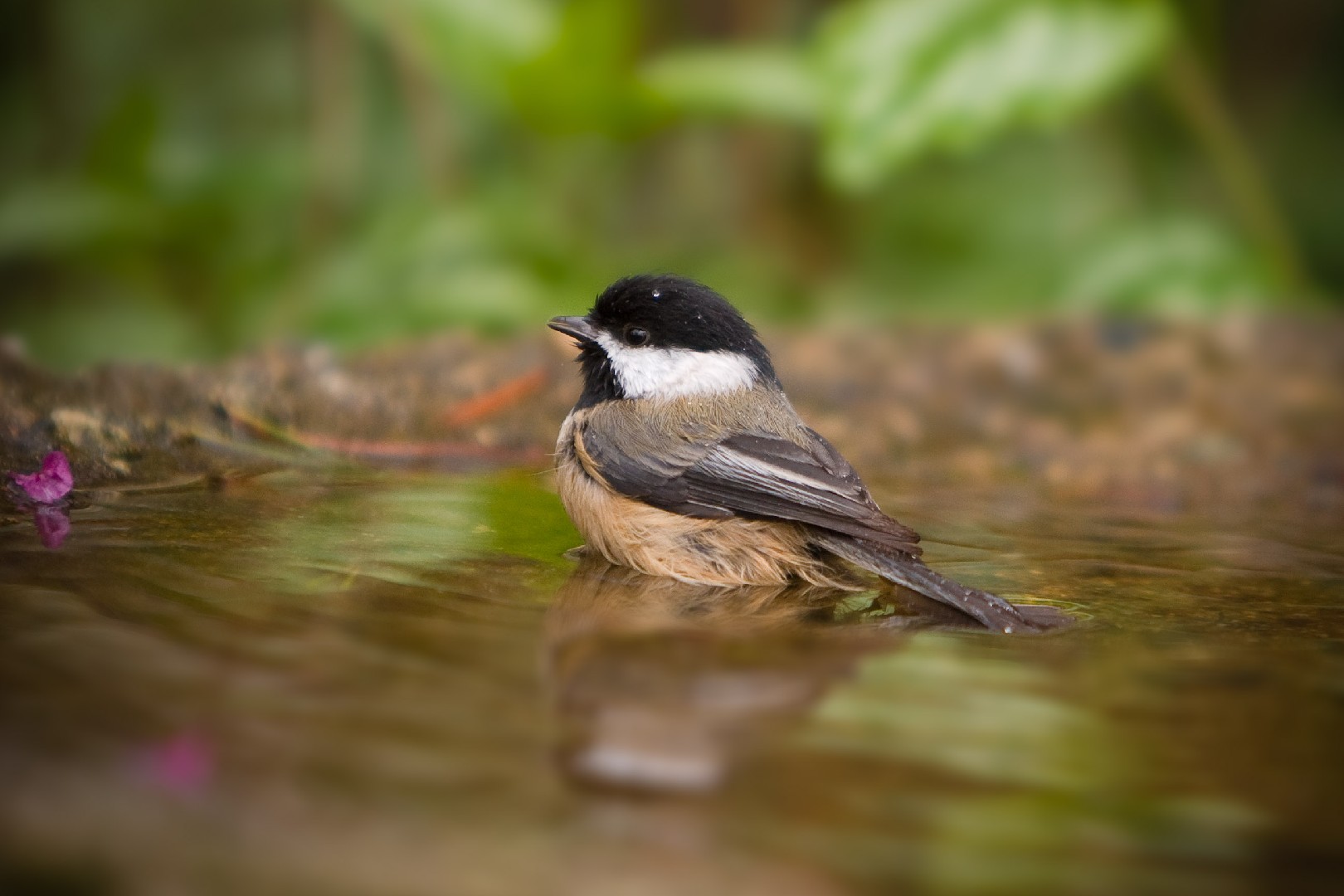Black-capped Chickadee
A species of Chickadees and allies, Also known as Black-capt Titmouse Scientific name : Poecile atricapillus Genus : Chickadees and allies
Black-capped Chickadee, A species of Chickadees and allies
Also known as:
Black-capt Titmouse
Botanical name: Poecile atricapillus
Genus: Chickadees and allies
Content
Description People often ask General Info
Description
This small songbird is the most common garden bird in Canada and the northern USA, and also one of the most scientifically studied birds in the world. Able to produce more than 15 complex sounds, the black-capped Chickadee can easily confuse predators with its calls. It's a clever, skillful, and adaptable bird—it can retrieve hidden food after a month and it's able to fly even when its body temperature drops.
Size
14 cm
Life Expectancy
12 years
Nest Placement
Cavity
Clutch Size
1 - 13 eggs
Incubation Period
1 brood
Number of Broods
12 - 13 days
Nestling Period
12 - 16 days
Feeding Habits
Black-capped Chickadee's diet changes seasonally, with a summer diet of 80-90% animal food, primarily caterpillars and other insects, obtained from trees or by aerial sallying. In winter, the diet shifts to an equal mix of plant matter and animal food, including seeds, berries, and insect pupae. Attracting black-capped Chickadee to feeders involves offering sunflower seeds, peanuts, suet, and mealworms.
Habitat
Black-capped Chickadee typically inhabits mixed and deciduous forests, including areas with willow thickets and cottonwood groves. These birds are adaptable and can also be found in open woods, parks, and urban areas with shade trees. They prefer diverse vegetation that offers ample food and nesting opportunities. While commonly associated with lower altitudes, black-capped Chickadee can also exist in a range of climatic conditions, demonstrating versatility in its habitat selection.
Nest Behavior
Black-capped Chickadee's male and female both excavate the nest, generally led by the female. Following excavation, the female constructs the nest for egg-laying. Parents cooperatively care for their young, demonstrating a strong partnership in nurturing their offspring.
Nest Characteristics
Black-capped Chickadee nests in boxes, natural cavities, or former woodpecker cavities, preferring to excavate within wood shavings or rotten wood. Nests range from ground level to 20m high, typically at 1.5-7m in dead snags of alder or birch. The cup-shaped nest, averaging 21cm deep, consists of moss and coarse materials lined with soft fur.
Dite type
Insectivorous
People often ask
General Info
Feeding Habits
Bird food type
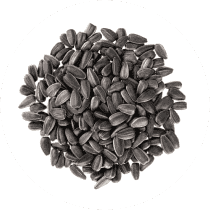
Black Oil Sunflower Seeds
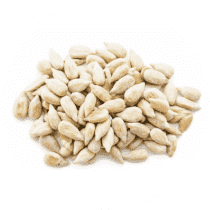
Hulled Sunflower Seeds
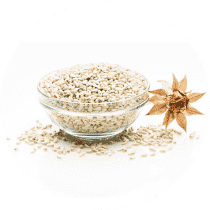
Safflower
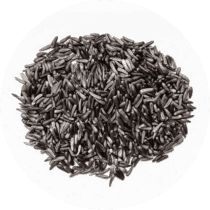
Nyjer

Suet
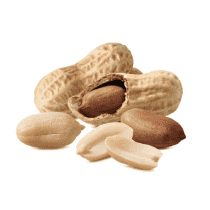
Peanuts
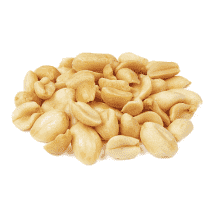
Peanut Hearts
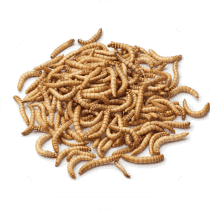
Mealworms
Bird Feeder Type
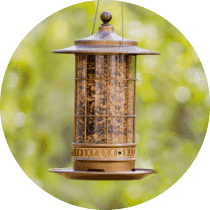
Large Tube Feeder
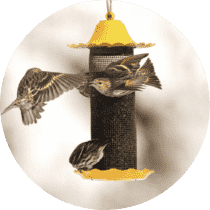
Small Tube Feeder
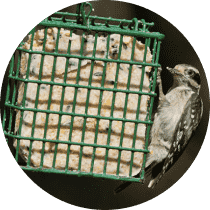
Suet Cage

Large Hopper
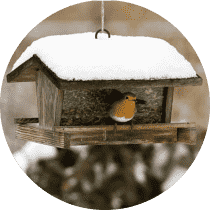
Small Hopper

Platform
Sounds
Call
Recording location: United States
Call
Recording location: United States
Song
Recording location: United States
Behavior
Black-capped Chickadee exhibit active and acrobatic tendencies, frequently engaging in curious exploration and socializing with peers and various other woodland bird species. These flocks forage together for insects and seeds but maintain a personal space of a few feet when feeding. A distinctive aspect of black-capped Chickadee's behavior is their sophisticated communication system, showcasing calls with specific meanings that echo the complexities of human language.
Species Status
The IUCN classifies the black-capped chickadee as Least Concern due to its wide distribution and large populations. In the states of Alaska and Washington, and in parts of western Canada, black-capped chickadees are among a number of bird species affected by an unknown agent that is causing beak deformities which may cause stress for affected species by inhibiting feeding ability, mating, and grooming. 
Scientific Classification
Phylum
Chordates Class
Birds Order
Perching birds Family
Tits Genus
Chickadees and allies Species
Black-capped Chickadee 